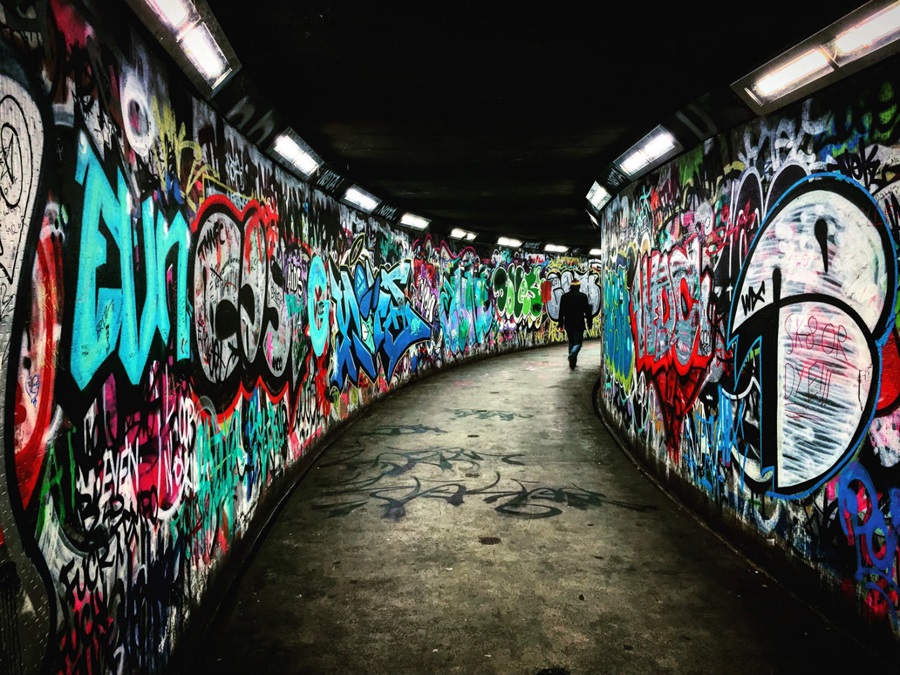It might feel like a challenging time to be in charge of a brand.
As consumer expectations continue to rise, the ‘brand’ by itself is not enough anymore with Millennials especially demanding brands play a more meaningful role in their lives beyond just their product or service.
The most successful brands have responded to this challenge by harnessing aspects of culture that resonate with their audience and connect authentically to the brand, seeking to play a greater role in their lives and the world they live in by championing the things they care about.
But this is no mean feat. Being culturally relevant means driving and anticipating shifts in consumer desire and capturing the cultural zeitgeist in continually fresh ways, and it requires a more iterative and adaptable approach to marketing than offered by traditional advertising or branded content.
Whilst this may sound daunting, being culturally relevant pays.
Over the course of several years, we sought to measure Cultural Vibrancy and its impact for brands over time. Download the Cultural Vibrancy deck here. Using our proprietary quantitative metric designed to benchmark & measure culturally vibrancy, we saw that brands with high cultural relevance grew nearly six times more than brands that have low levels.*
Driving a brand’s role in culture creates deeper relationships with consumers which in turn builds brand equity and sales – essential to driving differentiation, meaningfulness & salience.
Fortunately, in a world where the relationship that brands now have with their consumers is played out in real-time on social media, marketeers have been offered a platform through which to drive their brands role in culture.
In a recent Cultural Vibrancy study for a client that wanted to understand how to drive their position in culture within the Spirits category, we discovered Social Media – and in particular Instagram – was a key influential touchpoint in driving perception of cultural relevance within the category – a channel the client had been uncertain on how to proceed with for some time.
A deep dive into the clients more culturally vibrant competitors revealed they not only had an active social media strategy but much higher levels of user-generated-content. If the client wanted to prosper in this arena then they had to carve out a bold identity that inspired talkability and be vibrant enough to be shared peer to peer.
Developing meaningful Instagram strategies & the user-generated content it inspires cannot be underestimated as a catalyst for greater engagement, differentiation, and continual recruitment.
Though tackling and evaluating the social media landscape can feel like a daunting process, our Enhanced Visual Analytics tool – or EVA – is a key part of our Cultural Vibrancy offer and a way of making sense of this new world and the millions of images that are posted to social media every hour.
EVA can help by using semiotic analysis and the collection of UGC at scale to decode a brand’s cultural impact, shine a light on where it is cutting through or failing to gain traction and needs to improve.
A key indicator of a brand’s earned equity and its Cultural Vibrancy, EVA has the power to transform the way you think about your brand & guide how you show up in the world. Discover more about EVA here.
As the festive season approaches, and we all spend a bit more time thinking about the brands we buy for ourselves and for others, those brands that most resonate with people’s lives and connect with who they want to be – will be the ones that form part of the holiday stories they share on Instagram and elsewhere.
And it’s the brands that have invested in driving their role in culture that will find themselves at the top of the tree. Where will yours be?
*Based on BrandZ™ Top 100 Most Valuable Global Brands: 74 common brands valued using Kantar’s VIBE metric designed to measure Cultural Vibrancy in both 2006 and 2016.


